Home » Guide to Creating POP Displays: From Concept to Completion
Guide to Creating POP Displays: From Concept to Completion
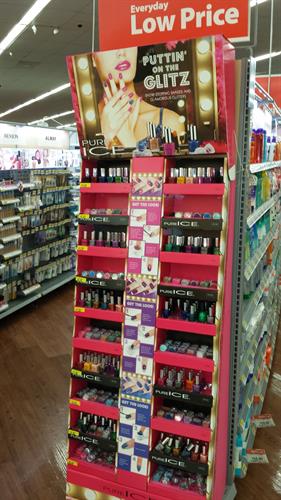
Creating an effective Point of Purchase (POP) display can be a game changer for any retail business, influencing buying decisions and enhancing product visibility. For packaging buyers, understanding the journey from concept to completion of a POP display is crucial.
This blog will walk you through each step of the process, ensuring that you have the knowledge and tools to create a successful display.
Step 1: Understanding the Objective
Define Your Goals: Before you begin designing a POP display, it’s important to define what you hope to achieve. Are you looking to increase brand awareness, promote a new product, or boost sales of an existing product? Your goals will shape every decision you make going forward.
Step 2: Research and Planning
Market Research: Conduct research to understand your target audience’s preferences and behaviors. Look at competitors’ displays to identify what works and what doesn’t.
Budget Planning: Determine your budget for the POP display. This will help guide your choices regarding materials, size, and design complexity.
Step 3: Design and Prototyping
Creative Design: Work with designers to develop the concept. This stage should embody creativity that aligns with your brand and meets the defined objectives. Use engaging graphics, eye-catching colors, and effective messaging that resonates with your target audience.
Prototyping: Build a prototype of your POP display. This is a critical step to visualize how the display will look in a real environment and make necessary adjustments before mass production.
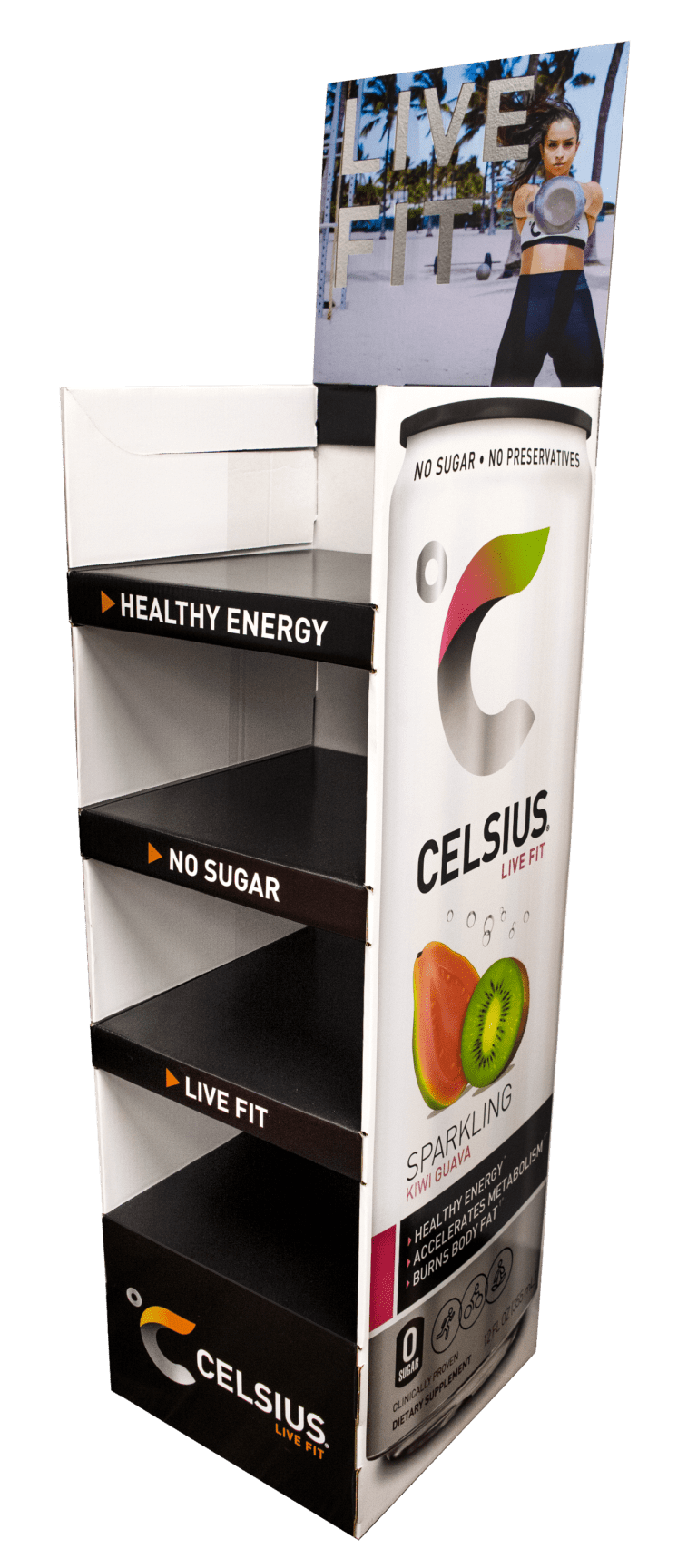
Step 4: Choosing Materials
Material Selection: Choose materials that not only fit within your budget but also reflect the quality of your brand. Consider durability, especially if the display will be used in high-traffic areas. Options range from cardboard and plastics to metal and wood, depending on the display’s required longevity and aesthetic.
Step 5: Production
Manufacturing: Once the design and materials are finalized, the production phase begins. Ensure quality control standards are in place to avoid any issues that could detract from the display’s effectiveness.
Step 6: Logistics
Distribution: Plan the logistics of getting your POP displays to their locations. Consider factors like assembly, transportation, and installation. Ensuring that displays arrive on time and in perfect condition is critical.
Step 7: Installation
Setting Up: Install your POP displays at the chosen locations. Proper installation is crucial to ensure that the displays are secure and function as intended.
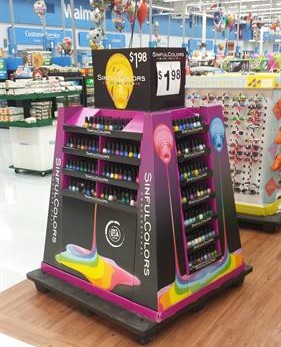
Step 8: Monitoring and Evaluation
Performance Tracking: Monitor the performance of the displays regarding customer engagement and sales impact. This can involve direct sales metrics, customer feedback, and observational studies.
Feedback and Adjustments: Use the data collected to understand what aspects of the display are working and what might need tweaking. Continuous improvement will help maximize the effectiveness of future displays.
Conclusion
The journey from concept to completion for a POP display involves careful planning, creativity, and strategic execution. By understanding each step of the process, packaging buyers can ensure that their POP displays effectively meet their goals, attract customers, and drive sales. Whether it’s a simple cardboard stand or a complex digital interactive display, the right approach to creating a POP display can make a significant difference in any retail environment.
If you are interested in POP displays, then partner with Brown Packaging today to get started.
With new tariff proposals and continued trade uncertainty, 2026 is shaping up to be another pivotal year for packaging sourcing strategy. Many companies that shifted
Following multiple rounds of tariff changes and trade policy adjustments, 2026 marks a turning point for U.S. packaging buyers. Many who previously transitioned from China
Shifting packaging production from China to the U.S. can help stabilize costs, reduce tariff exposure, and shorten lead times. But the transition process requires careful
RSC boxes are known for their efficiency and versatility, but their performance ultimately comes down to strength. Buyers often see numbers like ECT, BCT, and
In packaging, foam isn’t just about initial protection — it’s about maintaining performance over the entire shipping or storage cycle. Compression set and recovery characteristics
Pouches are a go-to for flexibility and convenience, but they can fail in critical ways—from poor seals to punctures and delamination—that hurt performance and brand
Home » Guide to Creating POP Displays: From Concept to Completion
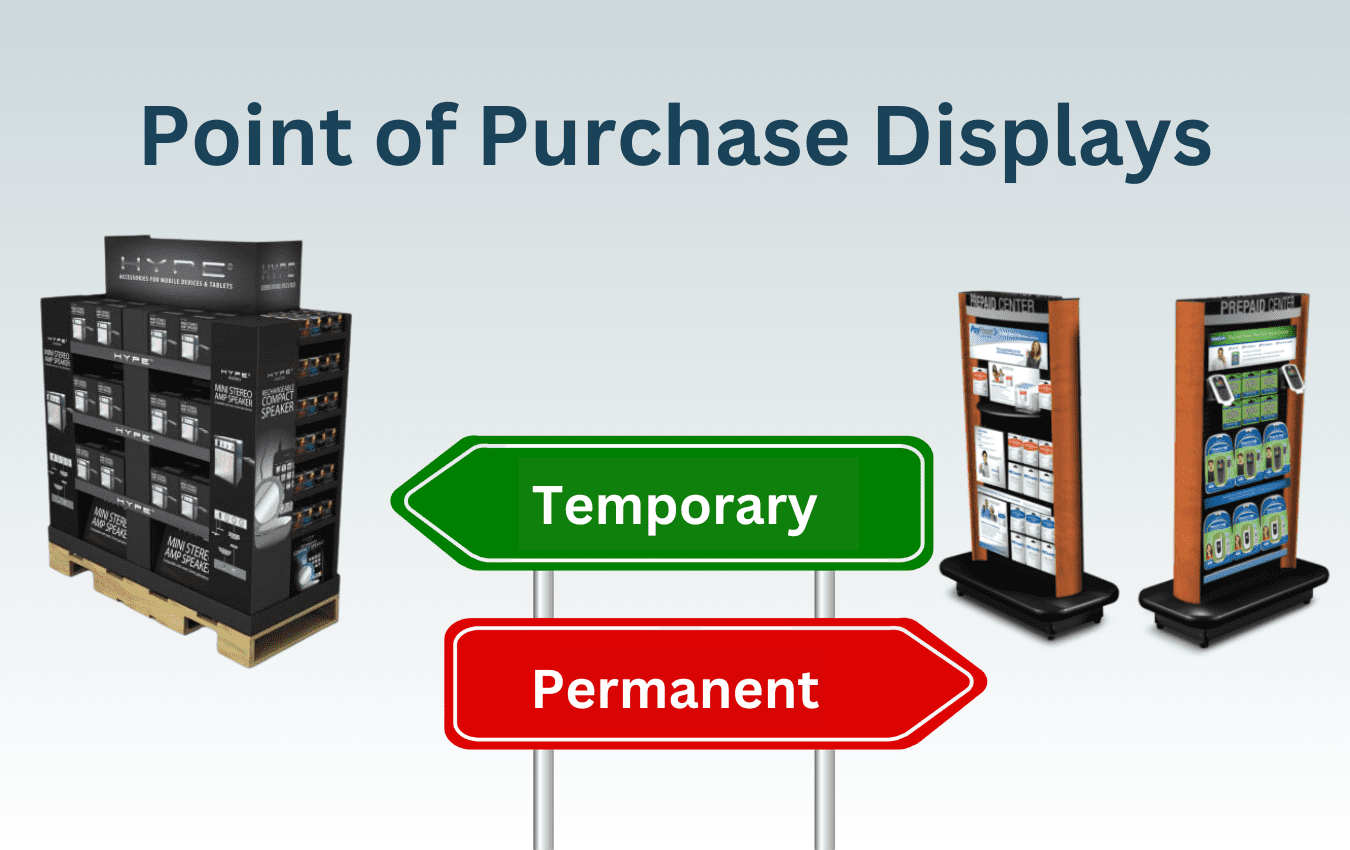
In the intricate world of retail, Point-of-Purchase (POP) displays play a critical role in influencing consumer decisions and driving sales. When it comes to choosing
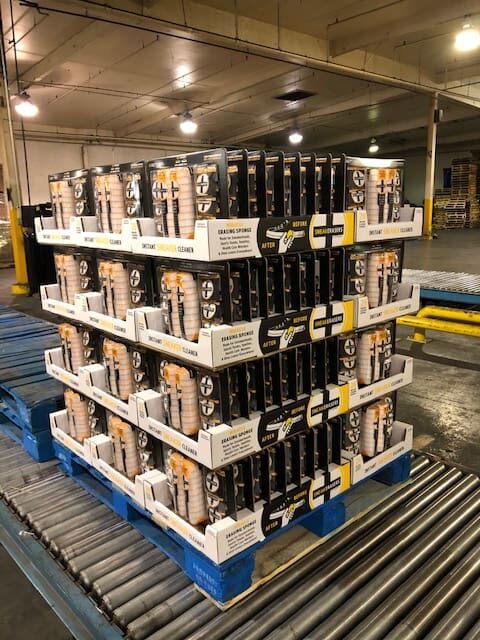
Freight is one of the largest cost drivers in retail packaging programs. Point-of-purchase (POP) displays that look impressive on the floor may be inefficient to
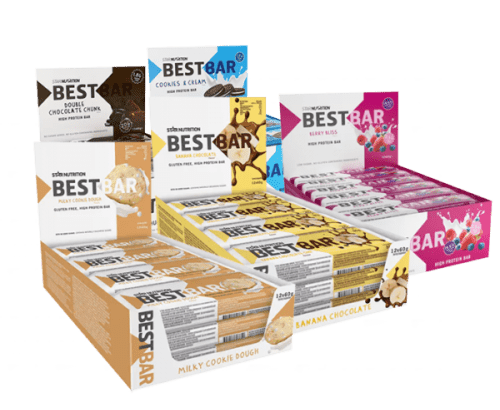
As retail environments evolve, Point of Purchase (POP) displays will continue to be an essential tool for capturing consumer attention and driving in-store sales. In


